If you have an ellipsoid specified by an arbitrary covariance matrix cov and offset bias, you perform a simpler version of @minillinim's answer by vectorizing the operations.
Starting with
u = np.linspace(0, 2 * np.pi, 100)
v = np.linspace(0, np.pi, 100)
Make a unit sphere
x = np.outer(np.cos(u), np.sin(v))
y = np.outer(np.sin(u), np.sin(v))
z = np.outer(np.ones_like(u), np.cos(v))
sphere = np.stack((x, y, z), axis=-1)[..., None]
Compute the standard deviation matrix, which has the same rotation as the covariance, but scales by the square root of the eigenvalues:
e, v = np.linalg.eig(cov)
s = v @ np.diag(np.sqrt(e)) @ v.T
Now transform the sphere:
ellipsoid = (s @ sphere).squeeze(-1) + bias
You can plot the result pretty much as before:
ax.plot_surface(*ellipsoid.transpose(2, 0, 1), rstride=4, cstride=4, color='b', alpha=0.75)
For reference, u, v have shape (100,), which makes x, y, z into (100, 100) arrays. sphere is (100, 100, 3, 1), which makes it a 100x100 array of 3x1 vectors as far as the broadcasting @ operator is concerned. s @ sphere has the same size, so squeezing out the last unit axis makes it suitable for broadcasting for addition with bias. Finally, ellipsoid.transpose(2, 0, 1) has shape (3, 100, 100), which can be star-expanded as three separate arrays of x-, y- and z-values into the call to plot_surface.
